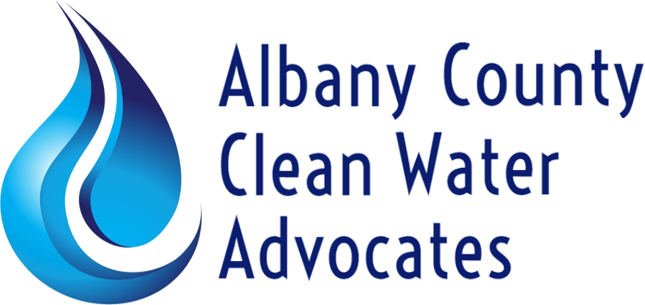
Documents made available via a public records request to the Wyoming Department of Environmental Quality (DEQ) show that the majority of county commissioners did the right thing last November by voting for stronger drinking water regulations.
The Aquifer Protection Overlay Zone (APOZ) is the area east of town immediately overlying the Casper Aquifer, which provides at least half the drinking water for the Laramie municipal system and 100% of the drinking water for subdivision residents outside the city limits along east Grand.
The cumulative impacts of residential septic systems within the APOZ have long been a concern for Albany County Clean Water Advocates (ACCWA), a citizen watchdog group. ACCWA raised the issue during recent hearings on permits for new subdivisions within the aquifer protection zone.
The two most recent subdivision permits – for Rocky Ridge Estates and Stone Ridge Estates – are immediately adjacent to one another. Last October, Albany County Commission Chairman Pete Gosar sent a letter to DEQ, asking for an analysis of both subdivisions together.
The reply, received last December, stated: “The modeled anaylsis of the combined McKinney [Stone Ridge] and Rocky Ridge subdivisions resulted in the potential nitrate level approaching but not exceeding the 10 mg/L threshold.”
The released documents show that the cumulative nitrate level was modeled at 9.98 mg/L.
“DEQ analyzes the impacts of the septic systems that will be part of a new subdivision as though no other developments exist,” said Sarah Gorin, ACCWA president. “Sadly, this is all that state law requires; DEQ has little authority to prevent pollution from occurring.”
“The failure to consider cumulative impacts doesn’t help decisionmakers charged with protecting a public water supply, or help individual homeowners with private wells that may be polluted by a neighboring septic system,” Gorin said. “This is particularly unfortunate because, when you’re talking about pollution, an ounce of prevention is much cheaper than a pound of cure.”
“The distinction between 9.98 and 10 is cutting things rather finely, especially considering that this is a modeled result and therefore an estimate,” said Martin Greller, ACCWA secretary. “You’d think the DEQ would be more on the side of fully informing decision makers responsible for protecting a public water supply.”
The DEQ letter did go on to say, “While the cumulative analysis did not indicate the nitrate threshold would be exceeded, we encourage Albany County to consider implementing additional aquifer protection measures that may help address water quality concerns.”
The updated aquifer regulations, approved by County Commission Chairman Gosar and Commissioner Sue Ibarra (Commissioner Heber Richardson left the meeting and did not vote), require larger lot sizes and compliance with DEQ standards for septic systems discharging to public water supplies.
These regulations have since been challenged in court by Warren Land & Livestock and by a group consisting mainly of smaller property owners within the APOZ.
“Nitrates are significant in themselves, but also serve as a marker for septic system pollution,” said Greller. “Septic effluent contains many other substances not routinely sampled for, like medicines and cleaners. Since we don’t know the potential effects of all these substances, it seems sensible to take the steps needed to keep our drinking water as clean as possible.”
